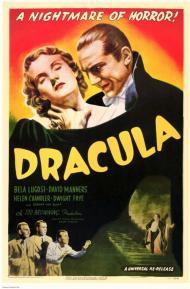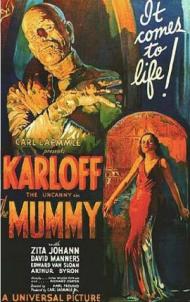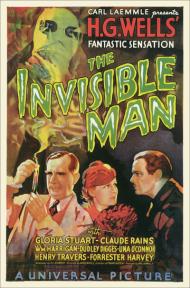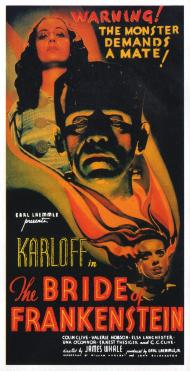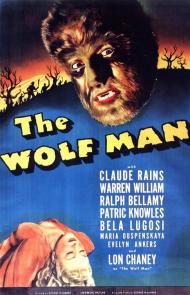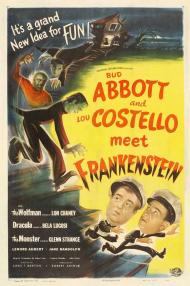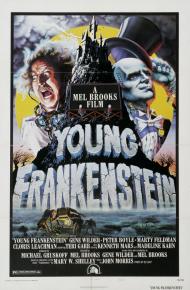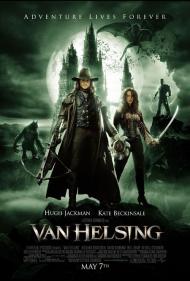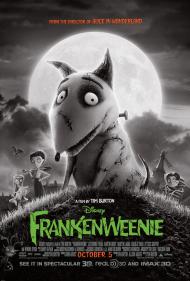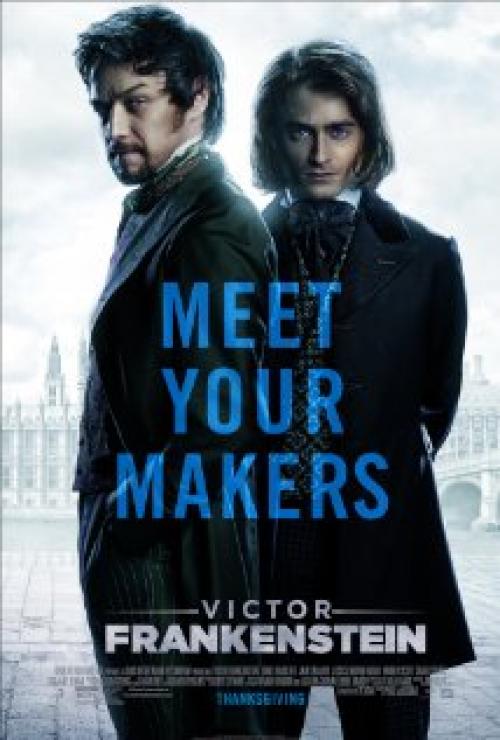Movie Review
Frankenstein
A Monster Science Created - But Could Not Destroy!
US Release Date: 11-21-1931
Directed by: James Whale
Starring▸▾
- Boris Karloff, as
- The Monster
- Colin Clive, as
- Henry Frankenstein
- Mae Clarke, as
- Elizabeth
- John Boles, as
- Victor Moritz
- Edward Van Sloan, as
- Doctor Waldman
- Frederick Kerr, as
- Baron Frankenstein
- Dwight Frye, as
- Fritz
- Lionel Belmore as
- Herr Vogel the Burgomaster
![4 star[s] out of 4](http://www.threemoviebuffs.com/static/images/global/featured_gold_stars.png)
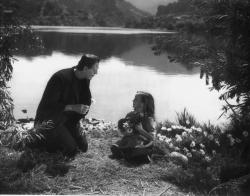
Boris Karloff as the Monster in the film's most infamous scene.
By today's glossy and overtly graphic horror movie standards Frankenstein seems quaint and dated, still if you watch it all alone on a dark and stormy night it is capable of creating a shiver or two. This is due in part to the excellent direction by James Whale, and the creepy performance Colin Clive gives as the brilliant (not to mention mad) Dr. Frankenstein, but most especially to the great Boris Karloff. He imbues The Monster with a sublime yet deranged humanity, moving about - for all the world - like re-animated dead flesh. The interaction between him and the little girl by the lake, in one of the movie's most famous scenes, is equally horrifying and tragic because of the innocence of both characters.
Frankenstein, for those very few who may not know, is the story of a scientist obsessed with creating life from dead human tissue. (Can anyone say God complex?) He steals body parts from graveyards and a brain from a medical school, which turns out to be the abnormal brain of a criminal. He then, literally, sews the parts together, and brings the creature to life by harnessing the electricity in lightning during a storm. Intoxicated by his success he gleefully shouts the movie's best-known line. "It's alive. It's Alive! IT'S ALIVE!!!"
Frankenstein's humpbacked assistant torments The Monster with fire. In self-defense the misunderstood creature kills the assistant, then busts loose before he can be dissected and thus destroyed, killing another scientist in the process. Once free the bewildered creature runs around the countryside adding the little girl to his body count. Eventually the local townspeople form a mob and chase him to an old windmill where the movie reaches its brutal climax.
This movie also stars Mae Clarke as the female lead. She is best remembered for getting a grapefruit in the kisser by a pajama clad Jimmy Cagney in Public Enemy.
What is most interesting about this movie is how sympathetic it is towards The Monster. Of the three murders he commits, two are in self-defense and the other is from pure ignorance, there is no intentional malice. In fact, he is as much a victim as anyone else in the story. Perhaps as a gay man living in the nineteen-thirties, James Whale was making a statement about the way our society reacts to someone that is different from the majority.
Political or not Frankenstein is a cinematic masterpiece that will still be entertaining audiences five hundred years from now.
![4 star[s] out of 4](http://www.threemoviebuffs.com/static/images/global/featured_gold_stars.png)
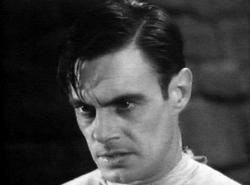
Colin Clive as Dr. Frankenstein in Frankenstein.
One of the best thing this has to offer as a horror film is the atmosphere. The movie starts with the Doctor and his assistant stealing a body from a grave. They "build" the monster in an old tower, that seems to come complete with dark skies and a thunder storm. The village is shown in the light of day as is the scene by the lake. The Doctor seems to do his best, or at least his most sinister, work in shadow.
As a huge fan of Mel Brooks's Young Frankenstein, it was fun finding some details he copied and poked fun at. Having never seen this film before, I never got the joke when Marty Feldman uses a tiny cane to walk up the stairs with in Young Frankenstein. The Doctor's assistant uses one here for some odd reason. The Abbie Normal brain joke is also spot on.
Frankenstein is ripe with social analogy. Patrick questioned it as representing how society treats people who are different, and that argument can easily be made. To me it also showed a parent/child relationship. The Doctor, in the parent role, created a childlike creature who is uncontrollable. Like a delinquent who cannot be disciplined, the local population has to step in for their own safety. You could also goes as far as to relate Frankenstein to autism or any other mental disability. Although he is called a "monster" he is a completely innocent being. As Patrick wrote, his killing of the little girl was not intentional.
This all makes Frankenstein's monster a unique horror character. He is a manufactured creature struggling to understand all that is around him. He is an abomination of nature that should have never come into existence, yet he has that innate desire to live, making him all too human. Sure this movie is quaint, but it still entertains as well as causes philosophical discussion.
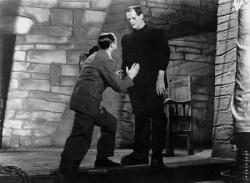
Colin Clive as Doctor Frankenstein and Boris Karloff as his creation in Frankenstein. Which one is the true monster?
An old bar bet is to ask what is the name of the monster in this movie, because inevitably the answer will be Frankenstein, when of course that's the name of the Doctor and not the monster. The irony of that bet is that the Doctor is far more monsterous than his creation, who isn't evil, simply dumb and childlike in his simplicity. It is the Doctor, who is supposed to know better, who recklessly goes ahead with his experiments, with little regard for the consequences.
Likewise, the first two "victims" of the Monster behave in an inhuman manner. The assistant enjoys taunting the Monster with fire and a whip, while Frankenstein's mentor plans on dissecting the Monster while he's still alive. The Monster might kill the little girl, but only through his ignorance and not through evil intent.
That, I think, more than any other reason, is why this movie remains a classic. If it was simply about a rampaging monster going around killing people, it wouldn't be remembered so well today. Instead, it takes a higher route and actually poses questions about what it means to be a monster.
Of course, besides being thought provoking, it's also very entertaining and well made. There is plenty of atmosphere, from the sets to the weather, with thunder and lightening used to good effect. It starts in the opening graveyard scene and carries through to the climax at the windmill.
I also love how fast paced and well edited it all is. There's no prologue, we jump right into the story with the Doctor and his assistant doing some graverobbing. We learn what we need to as the story moves along. Today's filmmakers could learn a lot from James Whale.
Universal's other horror classic of 1931 was Dracula. That movie is iconic, mainly because of Bela Legosi's performance, but it can't hold a candle to Frankenstein. Dracula is a pop culture classic, but this film is a work of art.
Photos © Copyright Universal Studios (1931)

